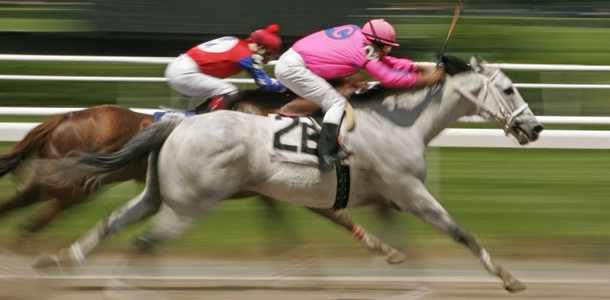
King & Pawn Endgames
I just wrapped up a Blitz game, and it taught me something very valuable: how to quickly calculate the outcome of a pawn race. Take a look at the position we arrived at:
White's plan is clear--capture my Queenside pawns and then promote one of his own. Black's plan is also clear--capture White's Kingside pawns and then promote one of his own. With little more than a glance, it's possible to see who will win that race.
Black has only seven moves to make before a pawn is promoted: Kxh3, Kxg4, h5, h4, h3, h2, h1=Q. Or Kxh3, Kxg4, Kf3!, g4, g3, g2, g1=Q, probably coming with check since the White King will likely be at a7. That was the route I went with, though I didn't calculate thoroughly enough to realize that white's pawn was likely to be blocking the check at b6. But it wouldn't matter, because the pawn still wouldn't promote.
White, unfortunately, has nine moves to make before a pawn is promoted. Kxb4, Ka5, Ka6, Kxa7, b4, b5, b6, b7, b8=Q. With very quick calculations, it's possible to count exactly how many moves the race will last, and, from there, one knows whether it's sound strategy.
The post-game computer analysis shows that White's best course of action is still to capture at b4, but also scores White at -44ish.
Pawn Skeletons
This actually makes an interesting case study, because a cursory glance at the board suggests that White has the superior pawn structure. White has two pawn chains, so only two of his pawns are imminently vulnerable to attack--the bases of those pawn chains, at h3 and a2. Meanwhile, I have only one pawn chain, and three pawns imminently vulnerable: a7, b4, and h6.
But here, conventional pawn wisdom doesn't apply, because the proximity of White's pawns means that I will win the race, because my King can capture both of them with only two moves. Looking at the board, four of White's nine moves must be spent capturing my pawns because they are so far apart--otherwise my pawn at a7 will cause White further delays by capturing or blocking. White can't simply push the a-pawn because my a-pawn blocks it, and pushing the b-pawn carelessly would allow axb6 once White got there. So White has no choice but to capture the pawns.
This takes four moves of the King, though: Kxb4, Ka5, Ka6, Kxa7. Only then can White push his pawn. In only three moves, I can push my pawns from the fifth rank, on whichever file I happen to choose. My g-pawn is advanced one rank further than White's best pawn (though White's g-pawn is advanced far, it is going to be captured in two moves so hardly counts is a good pawn), and my King doesn't have nearly as far to go. My pawn is also beautifully positioned to promote to a Queen and immediately start throwing checks.
It's clear that White will be unwilling to move far from the pawn that he'll land at a7. ...Qxa7+ Kxa7 h4 a2 almost certainly leads to a draw after h1=Q+ Kb8 Qb1 Kc7. Taking on a7 gives White the chance to Queen, and to force a draw through perpetuals or a queen exchange. As soon as Black stops throwing unproductive checks, h8=Q happens, and it's a draw.
I didn't see that far during the game. It was a Blitz game, after all. And I'm a slow thinker anyway; the only reason I saw that I won the race because it was a simple matter of counting. Even then, I somehow miscounted and came up with seven moves for Black and eight for White. I don't know how I concluded that, but it wasn't a bad enough miscalculation to throw the game.
I also didn't realize when I started the moves that if my King reached g3 or g2 before White's King reached c4, then I won. I simply knew that getting my King to g3 was the best idea. Prior to this, we were in a Rook/Pawn endgame, which I think is probably where I'm strongest, because Rooks have always been my favorite piece. I love Rooks, and I believe I probably use them more effectively than I do any other piece.
Especially Knights. I'm so ineffective with Knights--and against Knights. I prefer to get those annoying bastards off the board as quickly as possible. Many have been the times I lost because of a damn Knight. At an official tournament in Oxford a number of years ago, I went into an endgame with two Rooks against a pawn and a Knight. I quickly lost both Rooks because of forks. I was much younger then--17, I think--and I like to think I wouldn't lose both Rooks in a won endgame. Maybe one, though, but I know how to deal with Knights now. The problem is that I'm most likely to overlook a clever Knight move.
Anyway
Since Kings and pawns can only move one square at a time, their moves are easily to calculate quickly. It's a simple matter of counting. No need to visualize every position in the sequence, and no need to determine whether the King will go to a5 or b5--it doesn't matter, because it's still the same number of moves. But always assume that your opponent will take the fastest past. They might not, but don't count on a blunder, obviously.
I hope this has been helpful. Have fun out there!
